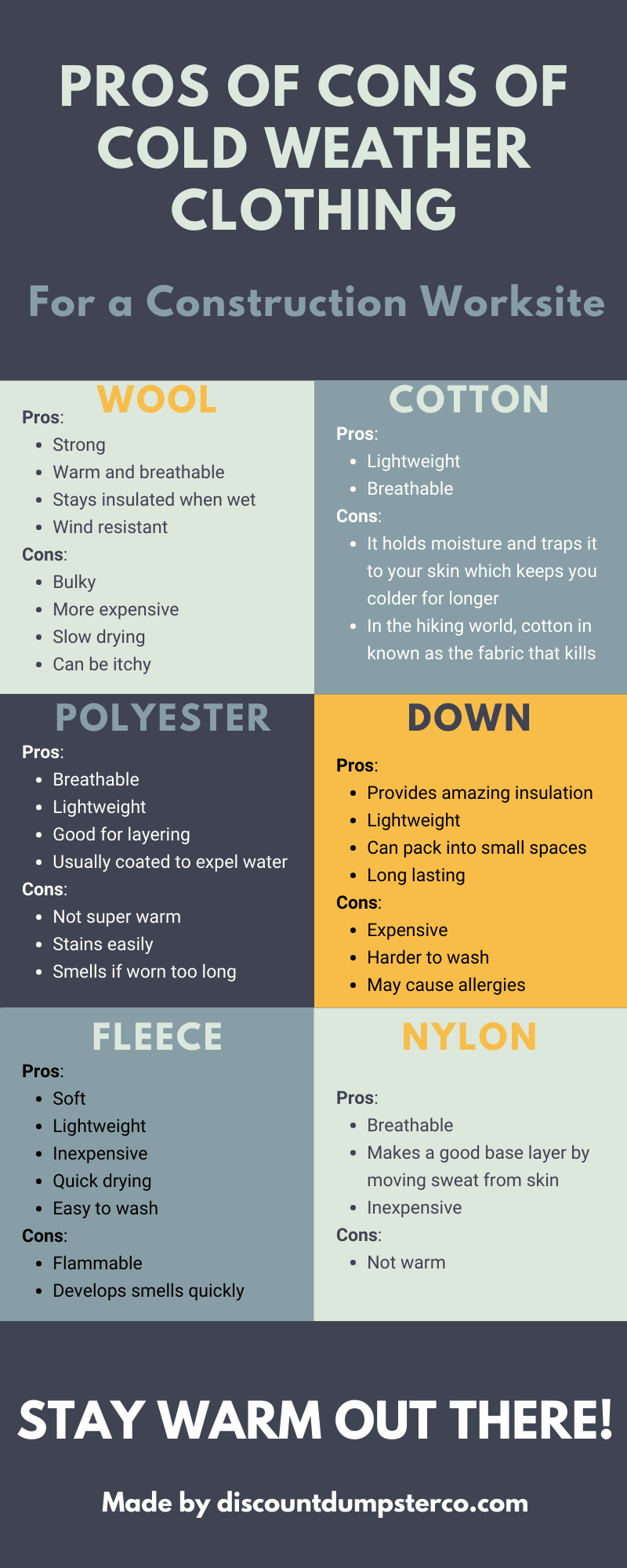When it comes to enduring the rigors of extreme weather, few wardrobes can rival the robust functionality of cowboy clothing. Each component is crafted not only for aesthetics but also for resilience. Are you prepared to challenge your perceptions of comfort in the harshest conditions? This exploration will delve deeply into how traditional cowboy wear stands as a formidable ally against both scorching heat and frigid cold.
1. The Fabric Foundation: Breathable Yet Durable
The cornerstone of cowboy clothing is its choice of fabric. Western apparel typically features materials like denim, canvas, and leather. Denim, known for its durability, fits the bill perfectly. It not only withstands wear and tear but also allows for breathability, ensuring that heat can escape during hot summer days. When temperatures soar, the last thing you want is to feel suffocated by your attire. The tightly woven fibers of quality denim permit airflow while repelling debris and abrasions.
Canvas, with its exceptional resilience, is another favored fabric. Often employed in outerwear, it provides a rugged defense against wind and rain, while still offering the flexibility needed for mobility. Meanwhile, leather is iconic not merely for its style but for its inherent ability to insulate while resisting moisture. When treated properly, leather garments can fend off light rain, allowing the wearer to remain dry and comfortable.
2. Layering for All Seasons: Master the Art of Versatility
One of the hallmarks of cowboy clothing is its emphasis on layering. A well-planned ensemble typically involves a combination of base layers, mid-layers, and outer shells. Start with a moisture-wicking base layer to keep sweat at bay and maintain body temperature. This layer is crucial during both hot days and cold nights. The next layer—a thick flannel or even a wool shirt—provides insulation against the chill while still being breathable enough to prevent overheating during the day’s labor.
The outer shell, often a weather-resistant jacket, serves as the final barrier between you and the elements. With such layered flexibility, you can easily adapt to fluctuating temperatures. This adaptability is essential; the dynamic nature of weather demands that you can be prepared for anything from a blazing sun to an abrupt downpour.
3. Footwear that Foils the Elements
Sturdy footwear is a fundamental aspect of cowboy attire. Cowboy boots are designed for both form and function. The elevated heel provides stability and the pointed toe allows for easy entry into stirrups, making them particularly appealing for horseback riding. However, their benefits extend far beyond mere aesthetics. Quality leather boots often come with waterproof linings or treatments, which help keep your feet dry in wet conditions, while their sturdy design provides insulation against cold.
Breathable insoles and moisture-wicking materials can make a significant difference during summertime. Your feet are pivotal in your overall comfort. It’s vital to invest in boots that combine both style and practical features to ensure your daily ventures don’t end with discomfort or injury.
4. Accessories that Amplify Comfort
No cowboy outfit is complete without the right accessories. A wide-brimmed cowboy hat not only serves as a symbol of cowboy culture but also provides unparalleled protection against the sun. Its design allows for airflow, shielding your face and neck from harmful UV rays while keeping you cool. High-quality straw hats or felt hats for colder months offer versatility tailored to the season.
Bandanas are another quintessential accessory. When tied around the neck or even across the face in dusty environments, they serve a dual purpose: shielding against sunburn and filtering out particulates in the air. Adding gloves, particularly those designed for tough labor, can protect hands from abrasions in extreme conditions. They not only offer enhanced grip but also keep extremities warm during colder days.
5. The Importance of Protection: Adaptability in Adverse Conditions
When the temperature dips significantly or sudden storms roll through, cowboy clothing is an impenetrable shield. Duster coats, with their long, flowing design, are a popular choice for added coverage. These coats are typically constructed from heavyweight material, such as wool or canvas, rendering them resistant to water while simultaneously retaining body heat. Rather than hindering movement, they are designed for action. This offers substantial protection for your entire body during a sudden squall or chilly breeze.
Layered garments allow for easy removal and adaptation as conditions shift. This means you can confidently traverse changing weather without feeling clumsy or restricted. Cowboy clothing is inherently functional and style-forward, ensuring you are always dressed for the occasion—be it on a ranch or at a social gathering.
6. A Legacy of Practicality: The Cowboy Ethos
The essence of cowboy clothing lies in its practicality, a testament to generations of tradition and resourcefulness. It emerges from the exigencies of life on the range, where comfort and durability reign supreme. This ethos is not merely a function of fashion but a philosophy; it invites you to embrace both the challenges posed by the elements and the strategies required to overcome them while looking resolute in your determination.
In conclusion, cowboy clothing is a formidable challenger to the inclement forces of nature. With its emphasis on durable, breathable fabrics, adaptable layering techniques, functional footwear, and protective accessories, it allows wearers to navigate extreme weather situations with unparalleled comfort and style. Are you ready to elevate your wardrobe and redefine your relationship with the elements? The choice is clearly yours. Choose wisely, and dress like the cowboy who can conquer any storm.

